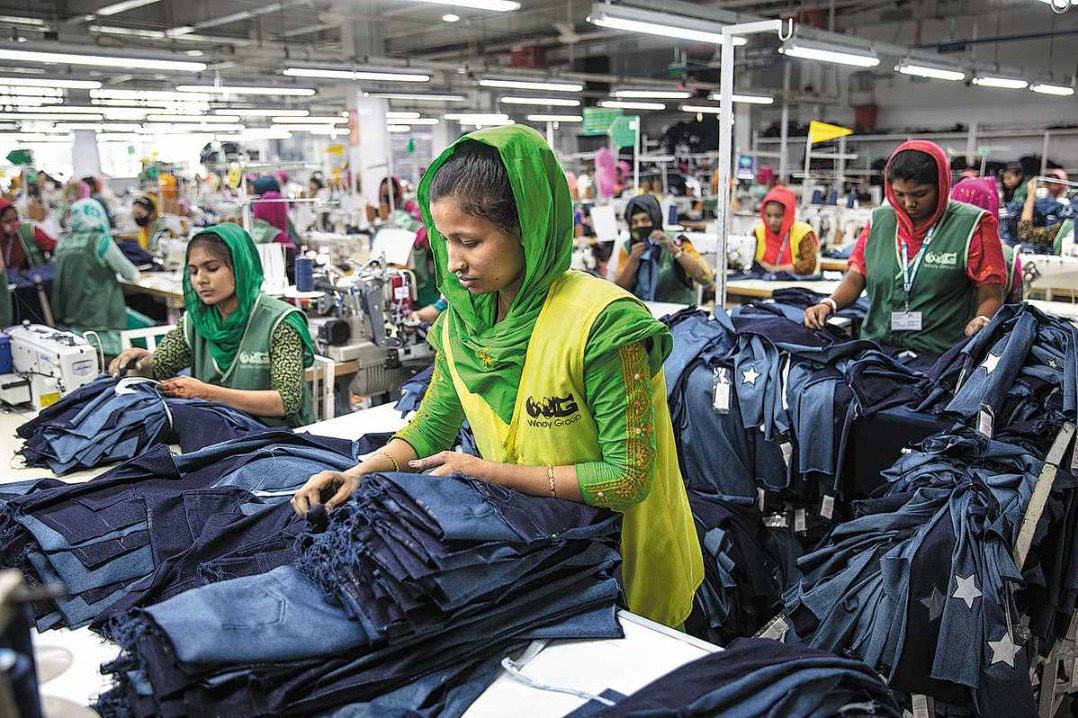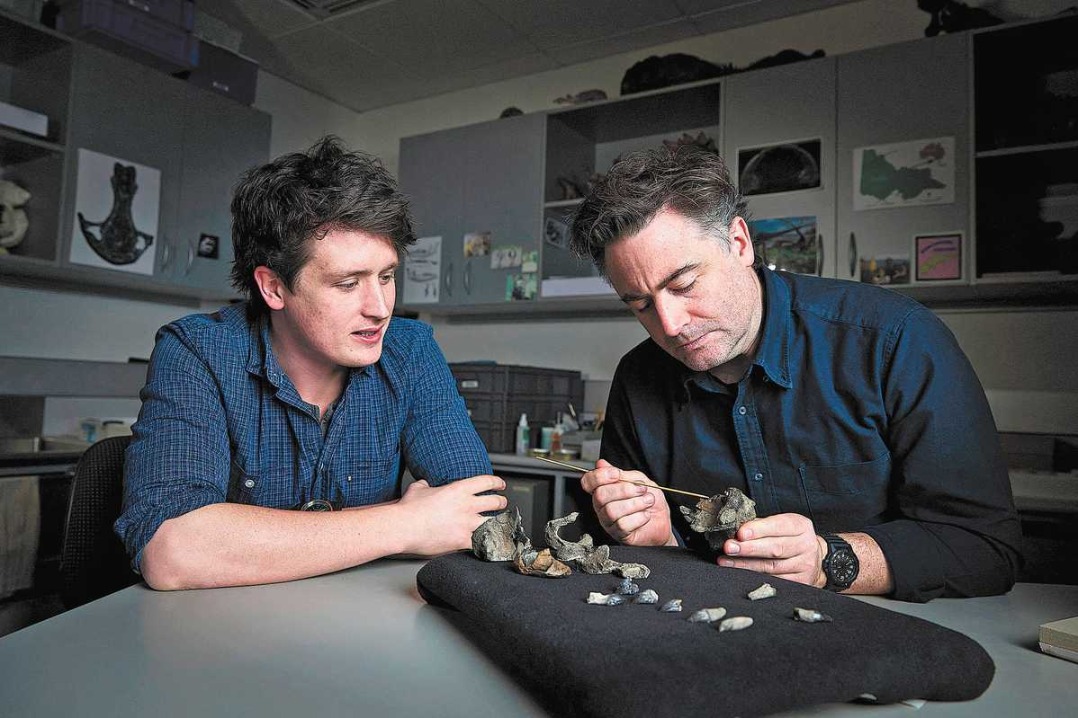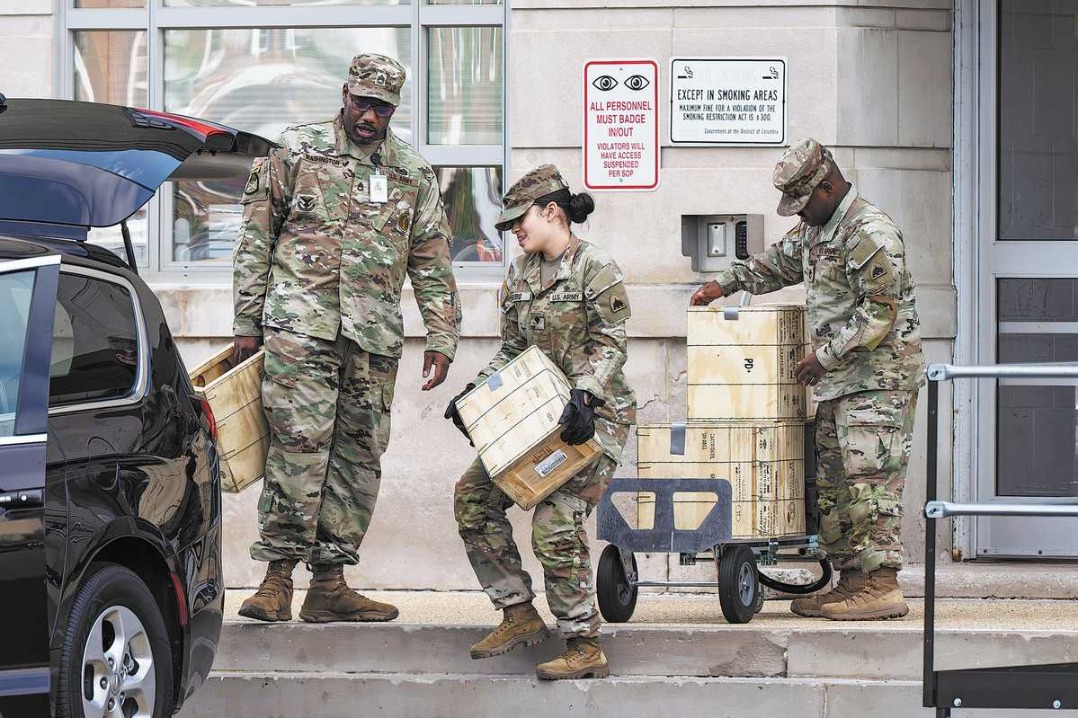Modern slavery seen as serving economic model in US


MEXICO CITY-Mexican-born Flor Molina was once a victim of modern slavery, condemned to forced labor in the garment manufacturing industry in Los Angeles after emigrating there with the help of a person who turned out to be a human trafficker.
For 40 days she was coerced into working 18 hours a day in a factory with no pay, making dresses that sold for $200 in department stores.
Molina was made to sleep in the factory warehouse, sharing a single mattress with another victim, and to clean the facility after work.
Her ordeal ended 20 years ago, when she was finally able to escape one day, but for many migrants the nightmare continues.
More than 500,000 people in the US, many of them migrants, live in conditions of slavery, according to the University of Denver.
Others die in the process of emigrating, like the more than 50 Mexican and Central American migrants left to perish inside a locked trailer in San Antonio, Texas, last month.
The End Slavery Now project, which seeks to raise awareness of forced labor in the US, tells the plight of Molina and others like her on its social networks, noting the prevalence of such cases in a country that is a self-proclaimed defender of human rights.
Mexican experts said that migrants are one of the groups most likely to fall victim to tragedies like the one in San Antonio, or to fall into the hands of criminal groups using forced labor as a result of misguided policies in the US, they said.
Ariadna Estevez, an academic at the Center for Research on North America at the National Autonomous University of Mexico, blames the vulnerability of migrants on the "US prohibitionist approach" to immigration, which prevents the application of a sensible policy.
The criminal organization Patricio, Estevez said, long operated as a legitimate migrant recruitment agency, yet coerced dozens into forced labor on farms in the US, making $200 million in four years.
A recent investigation by the Mexican daily Milenio, which looked into US court documents, revealed the criminal organization sold 30 workers, "as if they were cattle".
The worst thing about these crimes is that many of them occurred "under the protection of bilateral accords that are completely outside of human rights and trade agreements" between the US and other countries, such as Mexico and those of Central America, Estevez said.
"It is a type of slavery that is even legal in that sense," said the academic.
Criminal gangs benefit from this as they get money from migrants for transporting them, and often also traffic in the legal documents they seize from them. The US benefits from this because "it allows its industry to hire cheap labor", Estevez said.
The US also benefits when migrants are caught and placed in privately run detention centers that have become big business, she said.
Jose Maria Ramos, a researcher at Mexico's Colegio de la Frontera Norte, or College of the Northern Border in English, said the US need for labor and its high volume of immigration have created a situation where many migrants work in precarious conditions rife with exploitation, discrimination and violations of US law.
"Undoubtedly, (these practices) are detrimental to human dignity ... and, above all, to the universal declaration of human rights."
Xinhua































